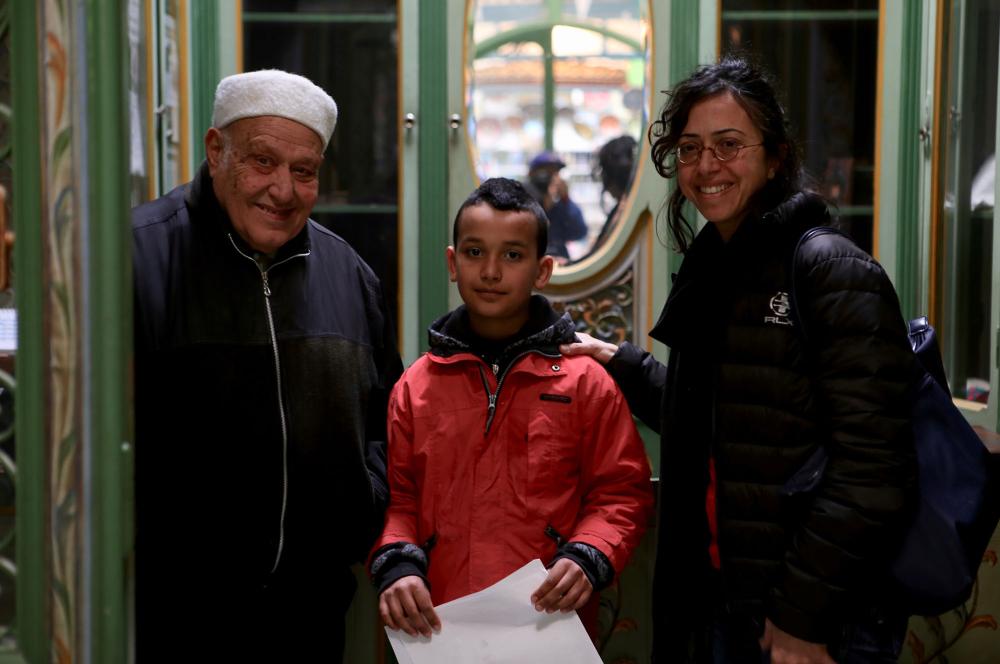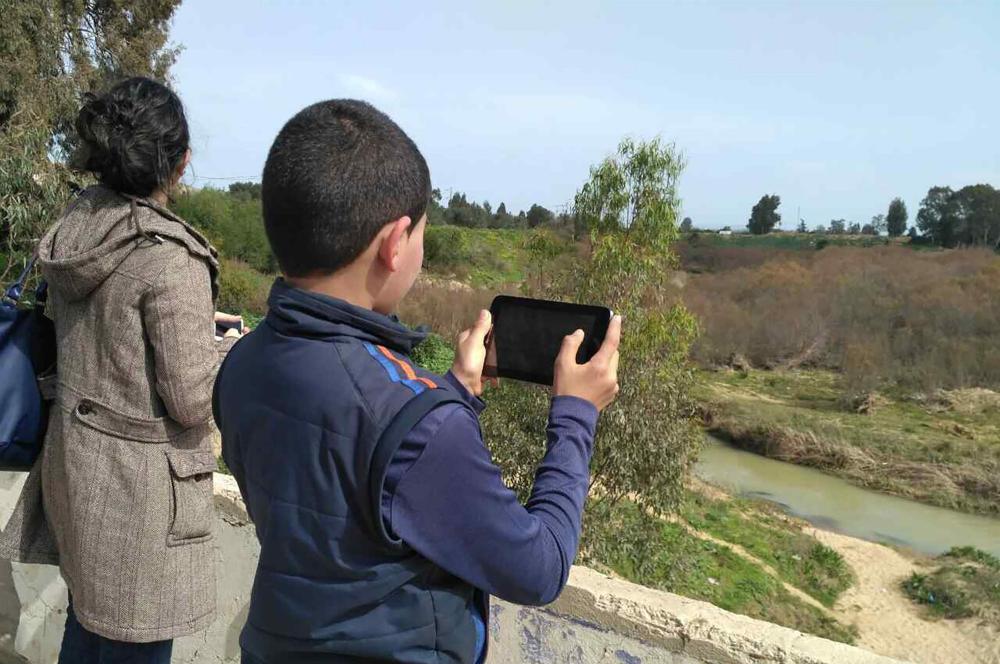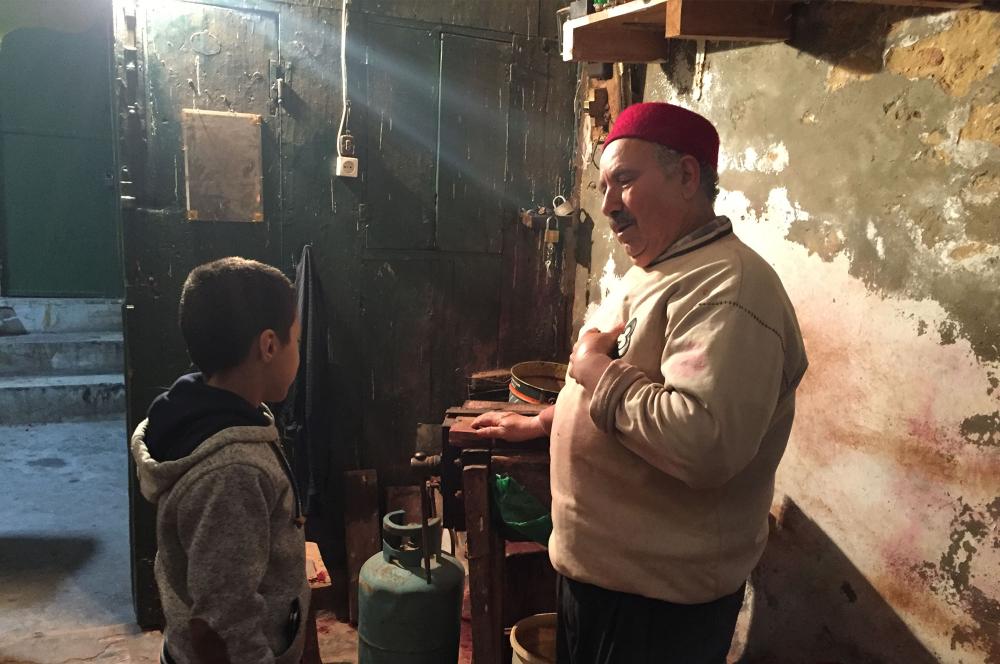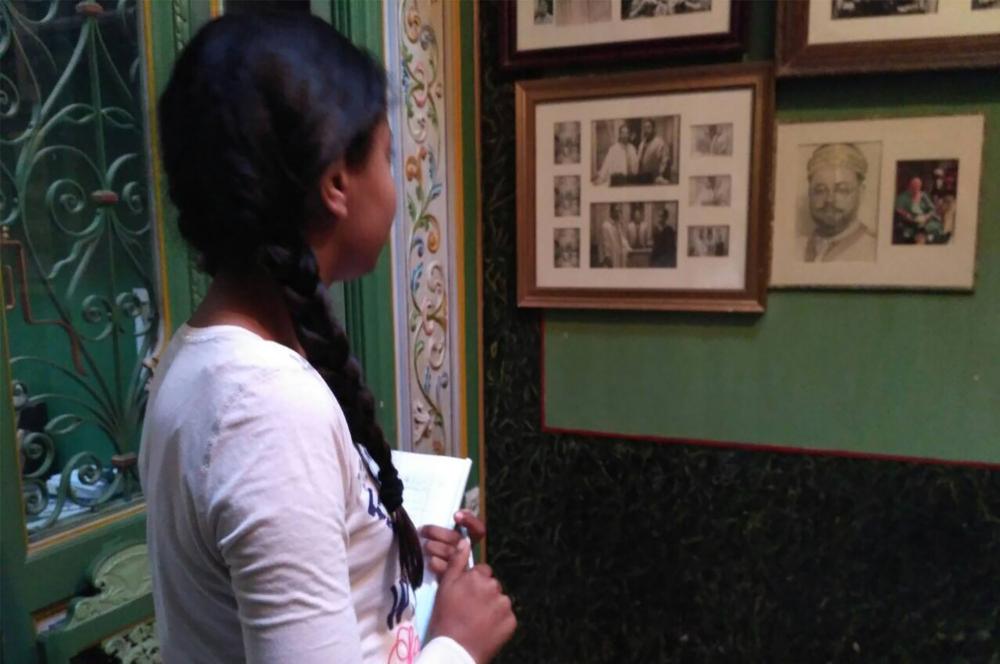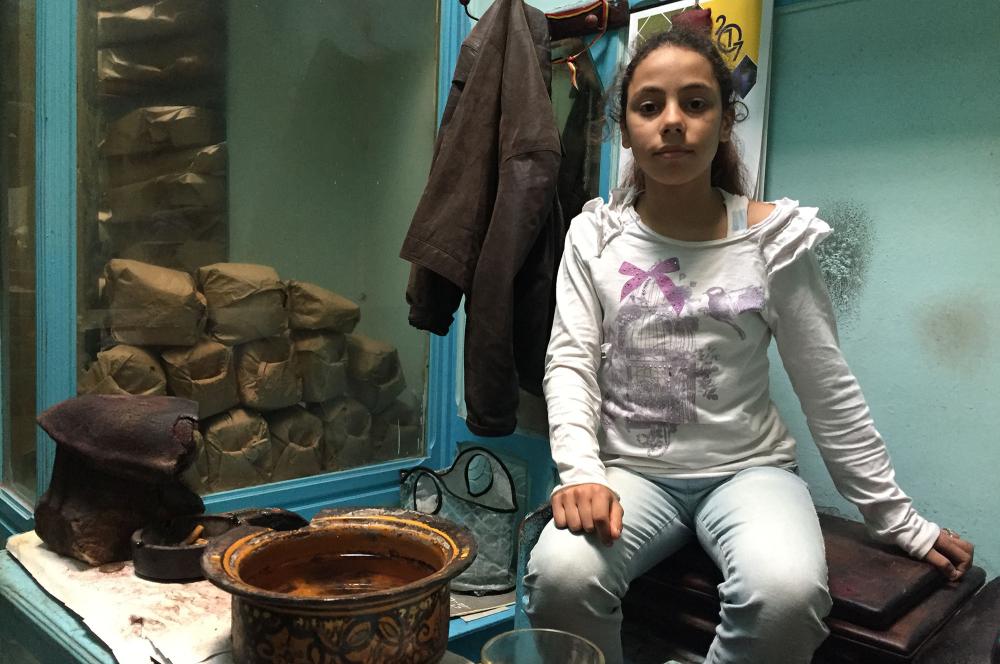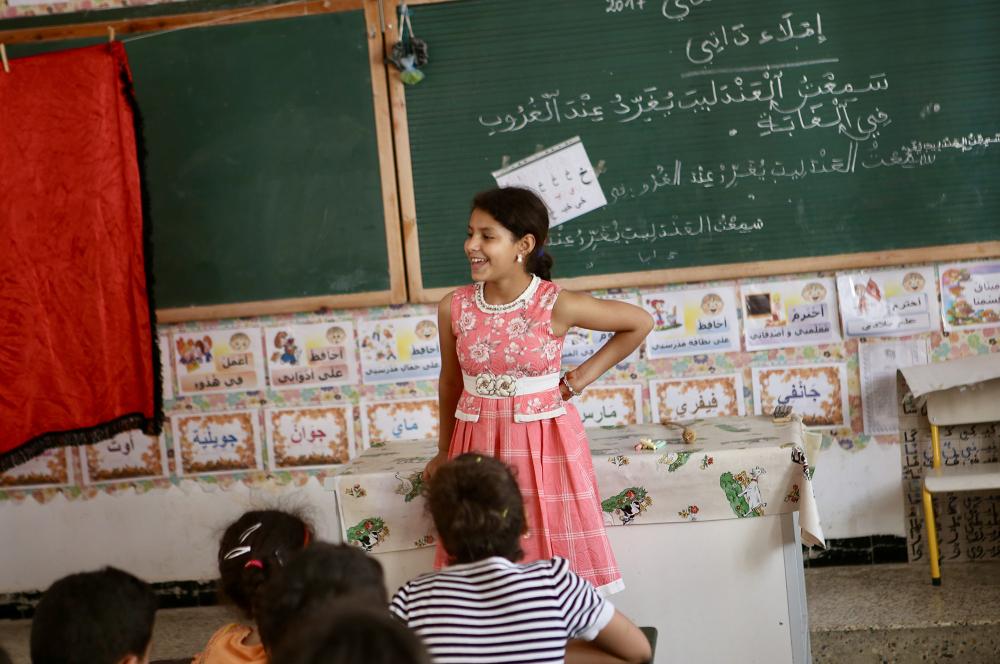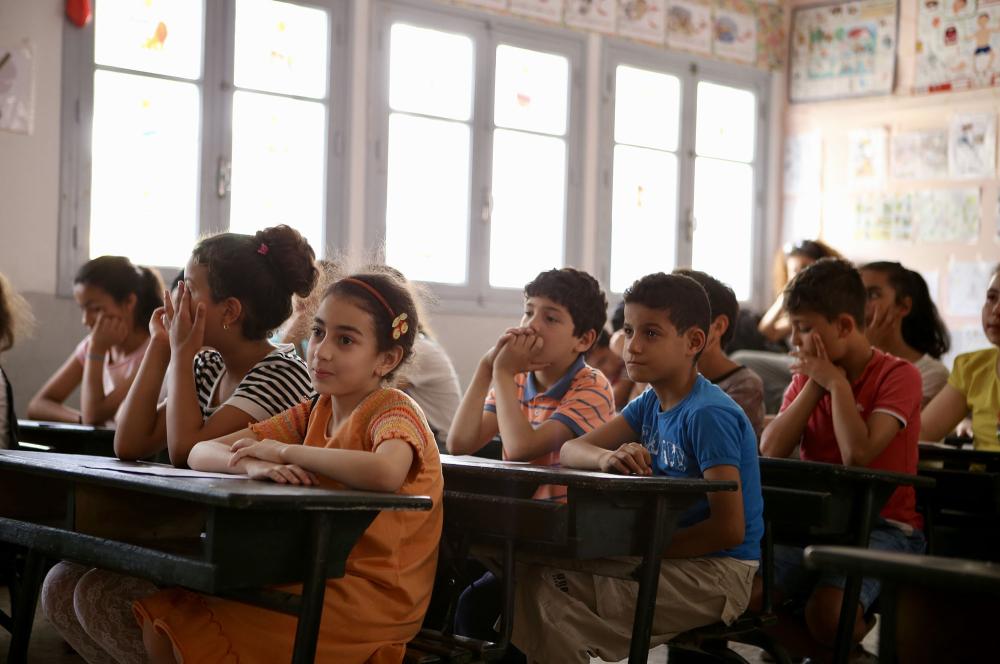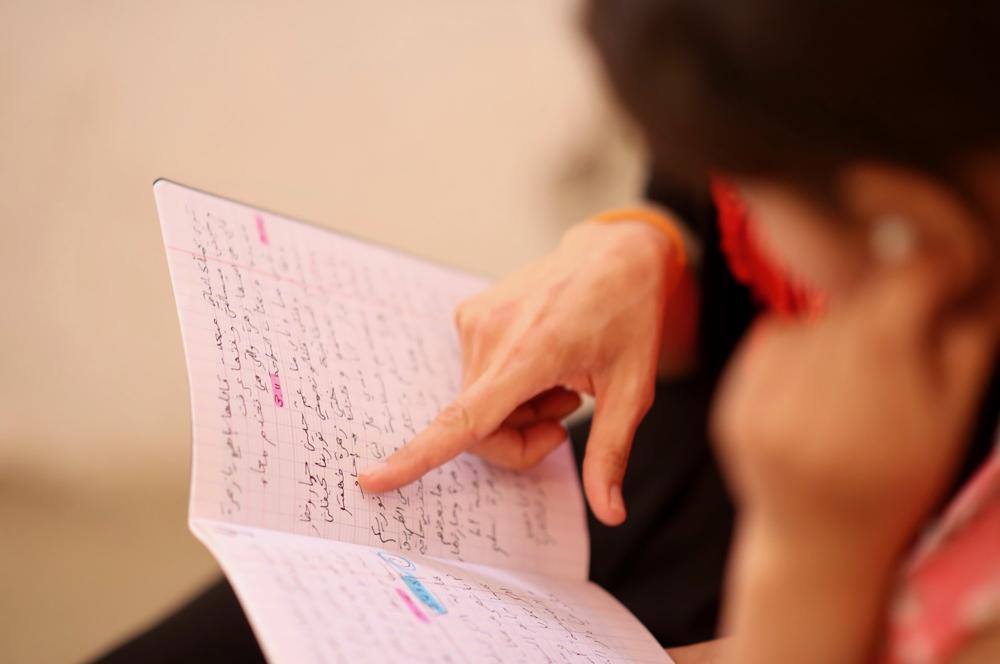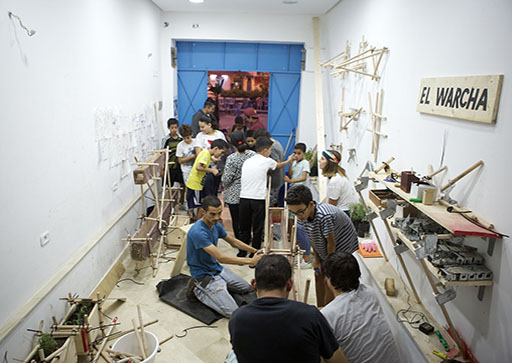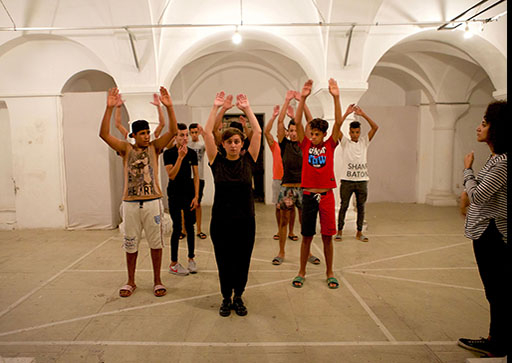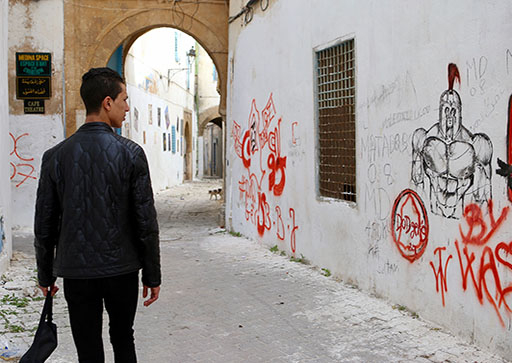"Tafkik" by Sonia Kallel
Artistic director: Sonia Kallel
Production assistant: Ghassen Douissa
Participating children : Hanin Barkallah / Alaa Boukhriss / Mohamed Rayen Daboussi / Nourchen Dakkoumi / Asma Zarrouk / Youssef Mouelhi / Sonia Ferchichi
Speakers : Ilhem Cherif (actress/theatre), Sondes Belhassen (dancer/choreographer), Callum Redfern (video editor), Khookha (graphic designer)
L'Art Rue
Tafkik is an artistic research project carried out by Sonia Kallel from February to April 2017 with children in the medina of Tunis on the intergenerational transmission of knowledge around the craft of the Chechia.
The artist started from the observation that a tangible heritage and the intangible skills associated with it were being lost.
In fact, an active human chain of solidarity is working hard to keep the fez alive, the red cap with which Tunisians have covered their heads for generations. Within a radius of a few dozen kilometres around the capital, Tunis, there are craftspeople whose existence you'd never suspect: knitters, seamstresses, treaders, carders, dyers...
This chain of inseparable trades, with its exceptional know-how handed down from generation to generation, is now threatened with extinction. The master Chaouachis are closing their doors, taking with them forever what remains of this profession. The know-how will no longer be passed on to future generations.
Tafkik gives a few children the chance to travel, to meet the artisans of the fez, to watch them at work, to ask them questions about their trade and its future, and then to share their experience with other children in the medina of Tunis.
Tafkik, which means dismantling, unravelling, is a project that gives a few children the opportunity to travel, to meet the artisans of the Chechia, to observe them at work, to question them about their trade and its future, to share their experience and to interact openly with them. The route takes in several schools in the Tunis medina, giving children the opportunity to contribute to and interact with this profession.
The idea of tracing the history of the fez through a meeting between the craftsman, the child and a contemporary artist is an attempt to draw attention to a heritage that has been forgotten, to the memory of the men and women who have contributed to its development over the centuries, and to the importance of art and culture in guiding future generations.
The aim of this work is to accompany children in their discovery of heritage and art, to develop their capacity for dialogue, to learn to listen and share, and to give them the opportunity to express themselves and pass on their ideas and desires. An aesthetic based on the idea of travel and discovery and on the concept of transmission (the craftsman and the artist pass on their know-how to the child, who in turn passes it on).
This journey is an experience that the other children will live through testimonies, stories and physical performances, pictorial expression... It's a journey of knowledge (which will be shared) and a journey of thoughts.
Practical information
From February to April 2017 at L'Art Rue






